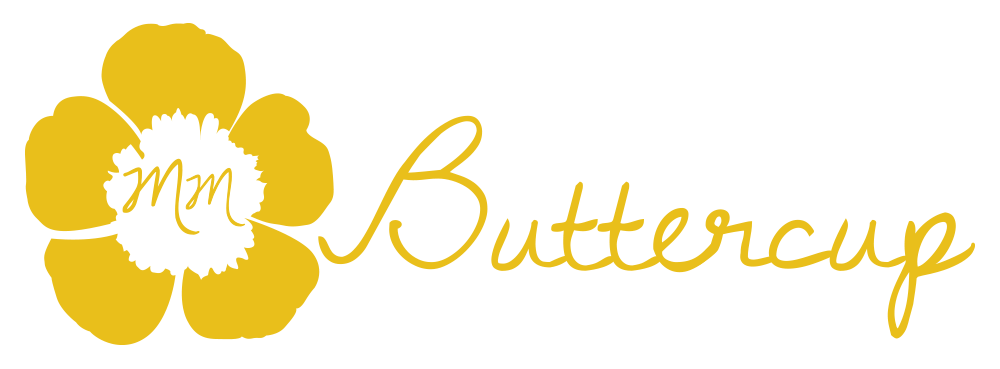Play skills are an important part of a child’s growth and development. Play is meant to be fun, however in group settings play can be difficult for children. One of the things that might make play a challenge for young children is being able to navigate the environment and social interactions with adults and peers during free play time. “For some children, self-direction is not a problem, but for some children with special needs, especially those with autism, self-direction in relation to play and leisure time may be difficult” (Sundberg, 2008, p. 143).
After observing a child and conducting an assessment, we can create play goals for a child. It would be helpful to select the skills where the child shows emergent behaviors in this area of development.
If a child is having difficulty with self-directed play, here are some instructional targets with corresponding behavioral objectives. Here are some possible play goals for “Marisa” (Bricker et al. 2022).
1. During free play time with peers, Marisa will use language to initiate a social interaction with peers at least once a day using words, gestures, motor actions, communication board, and/or cards.
2. During free play time with peers, Marisa will use language to sustain a social interaction with peers at least once a day using words, gestures, motor actions, communication board, and/or cards.
3. During free play time, Marisa will use conversational rules when communicating with adults in at least one communicative exchange daily.
4. During free play time, Marisa will use conversational rules when communicating with peers in at least one communicative exchange daily.
5. During free play time, Marisa will communicate personal likes and/or dislikes using either verbal or non-verbal strategies with adults and peers.
Once the goals have been created for the child, Marisa, the next phase is for educators to implement instruction/intervention to help the child reach their goals. Mr. Fred Rogers said, “Play gives children a chance to practice what they are learning.” We can support children as they learn to engage in self-directed play by creating goals for play and then monitoring how the child is responding.
Play
“Play gives children a chance to practice what they are learning.”~Mr. Rogers
References:
Bricker, D., Dionne, C., Grisham, J., Johnson, J.J., Macy, M., Slentz, K., & Waddell, M. (2022). Assessment, Evaluation, and Programming System for Infants and Children, Third Edition (AEPS®-3). Baltimore: Brookes Publishing Co.
Sundberg, M. L. (2008). Verbal behavior milestones assessment and placement program. Concord, CA: AVB Press.

